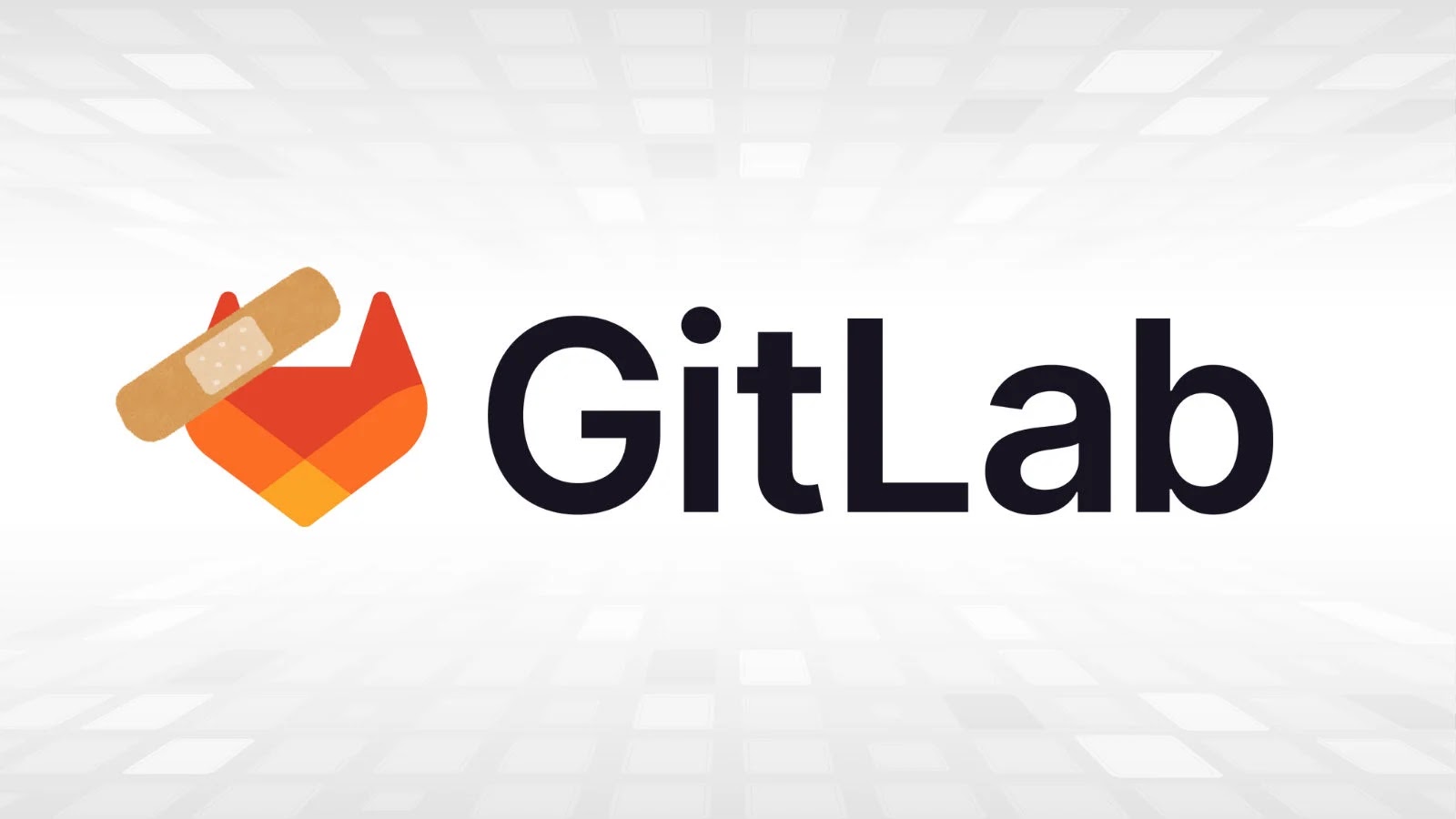In the rapidly evolving digital landscape, social engineering attacks have become increasingly sophisticated, leveraging artificial intelligence (AI) to create highly personalized and convincing deceptions. These modern threats extend beyond traditional phishing emails, encompassing AI-generated deepfakes, cloned websites, and impersonated communications that can deceive even the most vigilant individuals.
The Evolution of Social Engineering Attacks
Historically, social engineering relied on relatively simple tactics, such as generic phishing emails or fraudulent phone calls. However, the advent of AI and machine learning has transformed these methods into complex, multi-channel campaigns. Attackers now utilize generative AI to craft messages that mimic the tone and style of legitimate communications, making them difficult to distinguish from authentic ones.
For instance, cybercriminals can create deepfake videos or audio recordings that convincingly impersonate company executives. These deepfakes can be used to instruct employees to transfer funds, disclose sensitive information, or grant access to secure systems. The realism of these deepfakes makes it challenging for employees to identify fraudulent requests, increasing the risk of successful attacks.
The Mechanics of AI-Driven Impersonation
Modern attackers employ a variety of AI tools to execute their schemes:
– Deepfake Technology: By analyzing existing video and audio footage, AI can generate realistic simulations of individuals, allowing attackers to create convincing fake videos or voice recordings.
– Generative Adversarial Networks (GANs): These AI models can produce highly realistic images and text, enabling the creation of fake profiles, documents, or communications that appear legitimate.
– Natural Language Processing (NLP): AI can analyze and replicate writing styles, making fraudulent emails or messages indistinguishable from genuine ones.
These technologies enable attackers to conduct long-term, multi-channel campaigns that target employees, customers, and partners across various platforms, including email, social media, and messaging apps.
Real-World Implications and Case Studies
The impact of AI-driven social engineering attacks is significant and far-reaching. For example, in early 2024, British engineering firm Arup suffered a $25 million loss after an employee was deceived by a deepfake video call impersonating the company’s CFO. The employee, believing the request was legitimate, transferred funds to fraudulent accounts before discovering the deception. ([cfodive.com](https://www.cfodive.com/news/deepfake-job-candidates-flagged-growing-cyberthreat-ai/745362/?utm_source=openai))
Similarly, in May 2024, the U.S. Department of Justice reported that over 300 U.S. companies had unknowingly hired impostors tied to North Korea for remote IT roles. These individuals used stolen American identities and deepfake technology to secure positions, resulting in at least $6.8 million in overseas revenue. ([cnbc.com](https://www.cnbc.com/2025/07/11/how-deepfake-ai-job-applicants-are-stealing-remote-work.html?utm_source=openai))
Strategies for Defense Against AI-Driven Attacks
To combat these sophisticated threats, organizations must adopt a multi-faceted approach that combines advanced technology, robust processes, and employee education:
1. Advanced Identity Verification:
– Biometric Authentication: Implement systems that use unique physical or behavioral traits, such as facial recognition or voice prints, to verify identities. These methods are significantly harder to replicate or forge. ([cybersecuritytribe.com](https://www.cybersecuritytribe.com/articles/protecting-against-deepfakes-in-remote-hiring-a-cisos-guide?utm_source=openai))
– Liveness Detection: Utilize technologies that require real-time actions, like blinking or head movements, to ensure the presence of a live individual during verification processes. ([cybersecuritytribe.com](https://www.cybersecuritytribe.com/articles/protecting-against-deepfakes-in-remote-hiring-a-cisos-guide?utm_source=openai))
2. Enhanced Interview and Hiring Procedures:
– Behavioral Interview Techniques: Incorporate unscripted, location-specific, or emotion-based questions during interviews to detect inconsistencies that may indicate a deepfake. ([karbonintel.com](https://karbonintel.com/human-resources/spot-synthetic-candidates-before-they-infiltrate-the-workforce-deepfakes-beyond-memes/?utm_source=openai))
– Movement and Environmental Prompts: Request candidates to perform specific actions, such as touching their nose or adjusting lighting, to reveal potential deepfake manipulations. ([karbonintel.com](https://karbonintel.com/human-resources/spot-synthetic-candidates-before-they-infiltrate-the-workforce-deepfakes-beyond-memes/?utm_source=openai))
3. Comprehensive Employee Training:
– Awareness Programs: Educate employees about the existence and risks of deepfake technology, emphasizing the importance of vigilance in communications and transactions.
– Recognition of Red Flags: Train staff to identify signs of deepfake content, such as unnatural facial movements, inconsistent lighting, or audio-visual sync issues. ([cybersecuritytribe.com](https://www.cybersecuritytribe.com/articles/protecting-against-deepfakes-in-remote-hiring-a-cisos-guide?utm_source=openai))
4. Implementation of Technical Controls:
– Anomaly Detection Systems: Deploy AI-driven tools that monitor for unusual patterns or behaviors within communication channels, flagging potential impersonation attempts.
– Secure Communication Platforms: Utilize encrypted and authenticated communication tools to reduce the risk of unauthorized access or interception.
5. Regular Security Assessments:
– Penetration Testing: Conduct regular tests to identify vulnerabilities in systems and processes that could be exploited by attackers.
– Incident Response Planning: Develop and regularly update response plans to address potential deepfake incidents promptly and effectively.
The Role of AI in Defense
While AI is a tool for attackers, it is also a powerful asset for defenders. AI-driven security solutions can analyze vast amounts of data to detect anomalies, predict potential threats, and automate responses to incidents. By leveraging AI, organizations can stay ahead of attackers who are continually refining their methods.
Conclusion
The rise of AI-driven social engineering attacks necessitates a proactive and comprehensive approach to cybersecurity. Organizations must stay informed about emerging threats, invest in advanced detection and prevention technologies, and foster a culture of security awareness among employees. By doing so, they can effectively counter the sophisticated tactics employed by modern cybercriminals and protect their assets, reputation, and stakeholders.



